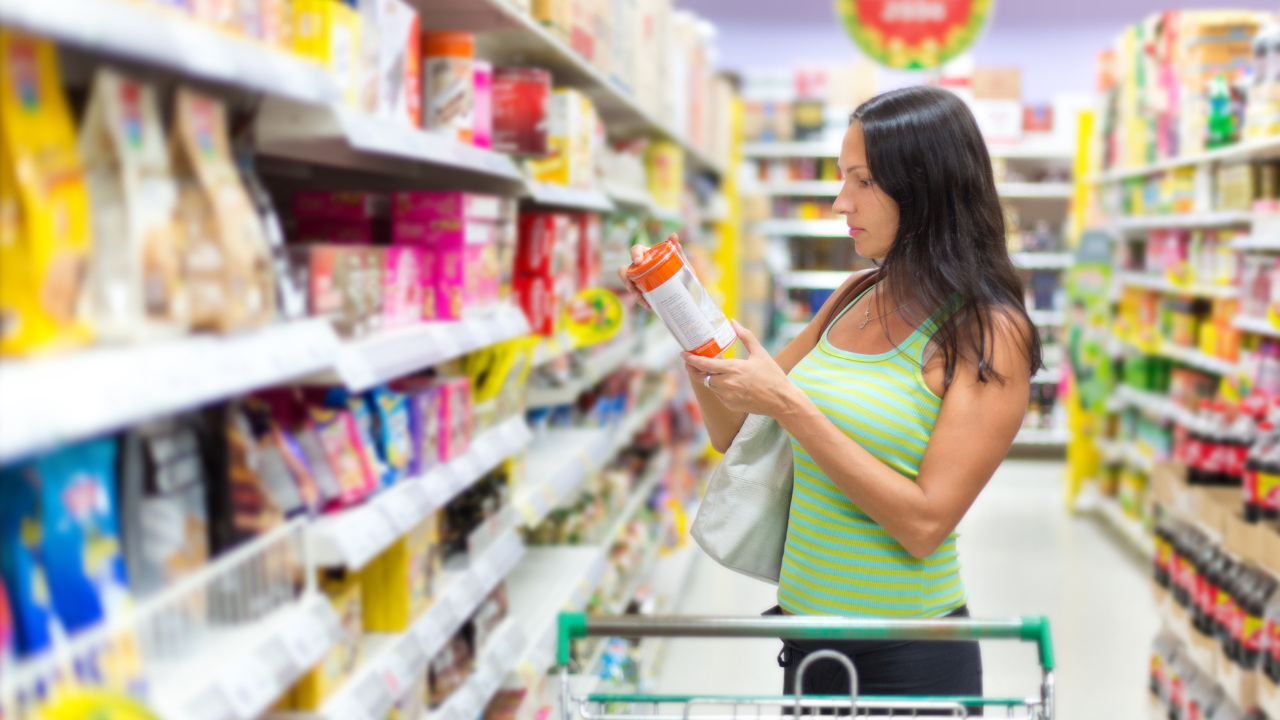FOOD LABELS & PACKAGING, WHAT ARE THEY TELLING US?
Sep 07, 2023
The sole purpose of labels and packaging is to provide you, the consumer with information to help you make an educated decision on whether to buy or not, right? That's what you thought.
That's what we'd all like to think. The truth is, like any other product out there on the market, companies that sell food products are first and foremost a business.
For any company to stay in business, grow, and become successful, it needs to be profitable. And because of this, the bottom line becomes the driver and dictates how products are packaged, labels are written and how the product is marketed. When it comes to food products, that drive and marketing by the company often means ambiguous, unclear and even misleading messages in nutrition labels and in the overall design/branding of the product.
What that means for those who are reading labels and paying attention to the adverts on packaging, etc., is often misleading and/or mixed messaging that can leave you wondering if what you're purchasing is really what you thought it was. Make no mistake, if you are unsure about an item being really healthy, but you see things like, “sugar free”, “gluten free”, “only 100 calories” and can't identify anything to red-flag your choice, you're more than likely putting it in your cart and taking it home.
While a product that does have those claims plastered on the box/package may very well be made with quality ingredients, most often those claims are there to distract and keep you away from turning it over, reading the nutrition label and ingredient list and getting a look at what you'd really be consuming.
I made a point of testing this one day in one of our local health food stores a few years back. I decided I would look at sugar in protein powders. Naturally I gravitated to the ones with, “Sugar Free!” or “Sweetened with Stevia”, plastered on the front thinking these should be cleaner, healthier products. I turned over and read the ingredient list for several brands with these claims and found they were true statements. Also true, and more important to know, was that the sugar was replaced with artificial sweeteners like aspartame, sucralose, NutraSweet, etc., (known to disrupt endocrine system, cause bloating, gut issues, affect moods, etc.) and where stevia was added, it came at the end of the ingredient list, preceeded by any number of the aforementioned artificial sweeteners. For those who don't know, ingredients are listed in descending order of how much of that item makes up the product. The farther down the list it is, the less of it there is in that product.
Last week I did a Back to School one-minute segment with local radio personality, Toby Tannas, also cautioning that packaging on the outside, doesn't match what's on the inside. One example being a box of snack squares you might consider to put in a child's lunchbox. The front of the box proudly displays in bright colours, “Lower in Sugar”, “Peanut-Free! School Approved”, along with more subtle, but right there on the front as well, “Tree-Nut Free, Peanut-Free, Gluten-Free”. All of these are positioned near to the company name emblem which has trademarked the term Healthy Crunch. The box also has small icons again noting “Peanut-Free”, “Tree-Nut Free”, along with “Dairy Free”, the Non-GMO verified label, an icon for “Fruits and Vegetables”, “Certified Vegan” and “GF”.
Flipping that box on its side however and reading the ingredient list showed that, although the front of the box advertised “Lower in Sugar”, the first three ingredients contained sugar. Remember the descending order? Very misleading if you're a parent who's just trying to find something good to put in your kid's lunch. By the way there are many other names that don't say sugar, but mean sugar is hiding in that item. Do a little online search for “other names for sugar” and you'll be shocked.
While I don't believe food companies are trying to create an unhealthy population, they are trying to generate more sales. I remember attending a seminar listening to Paul Zane Pilzer, economist to two US presidencies, speak on this. He shared how he was able to observe a product satiety testing for fries made by one of the largest fast food restaurants. Satiety is measured by how much you eat before you stop eating. In this instance, the test was on the company's french fries. Pilzer shared with the audience that as the subjects would start to say they'd had enough and didn't feel like eating any more, the chemist was direct to, “Fix that!”. Yep, food can, and is being made to make people want more even when they'd otherwise stop eating. It was a very interesting and eye-opening seminar.
Bottom line, as you're shopping – back to school snacks or otherwise – remember that the front of the package does not tell the whole story. Ever. Sugar is more than likely hidden in that ingredient list. Whole foods are always better than anything in a package. For those times you do buy for convenience, aim for five items or less, and eat it with some protein to keep that blood sugar stable. Kids too. Your body will burn fat, you won't get that energy crash later, and your kids will be able to concentrate and focus better in class. A win for you both.
For more information on stabilizing blood sugar, watch Tania's free 15 mins video.

